These Baltic locations showcase Estonia's authentic nature and culture. From sandstone caves to medieval fortresses, from national parks to historical lighthouses, the country offers many discoveries away from main routes.
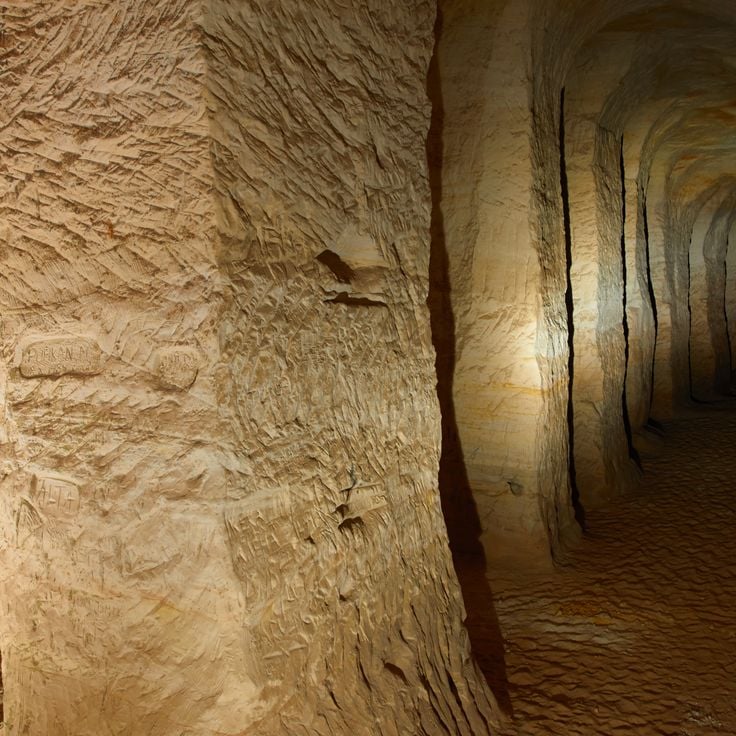
Võru, Estonia
These artificial sandstone caves emerged from industrial mining operations. The underground network provides habitat for several bat species.
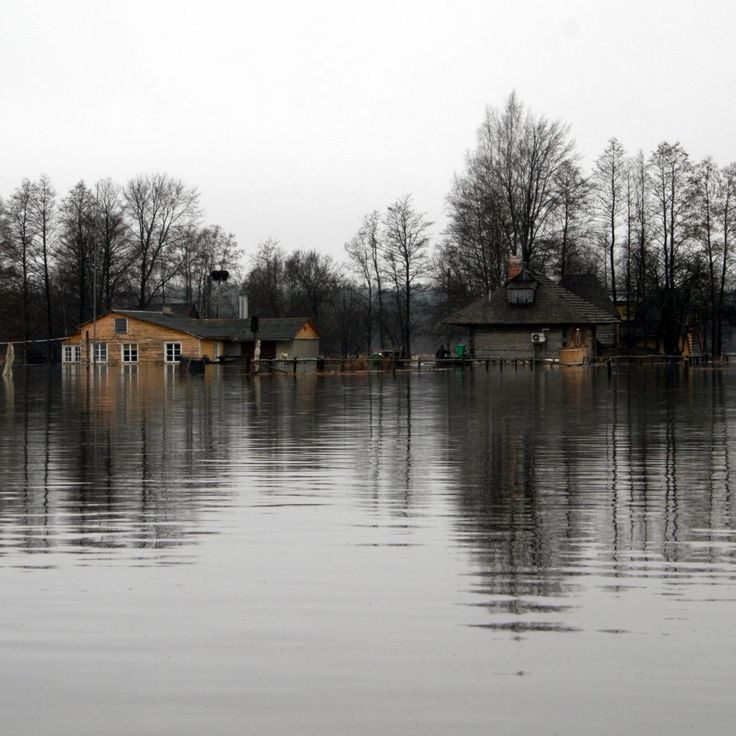
Pärnu, Estonia
The park encompasses mires, swamps and flood meadows. During spring floods, the area transforms into a lake.
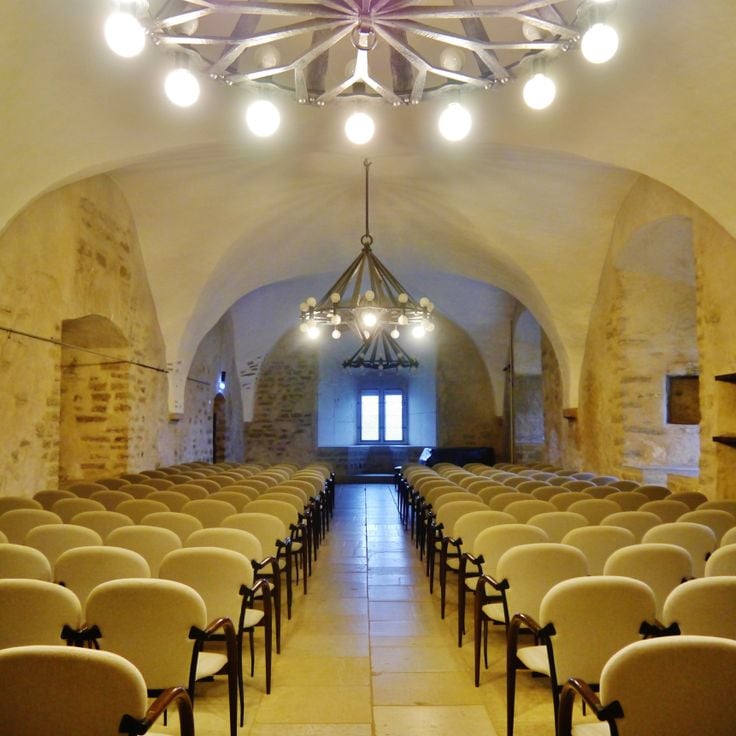
Narva, Estonia
A medieval fortress with historical significance situated on the border between Estonia and Russia.
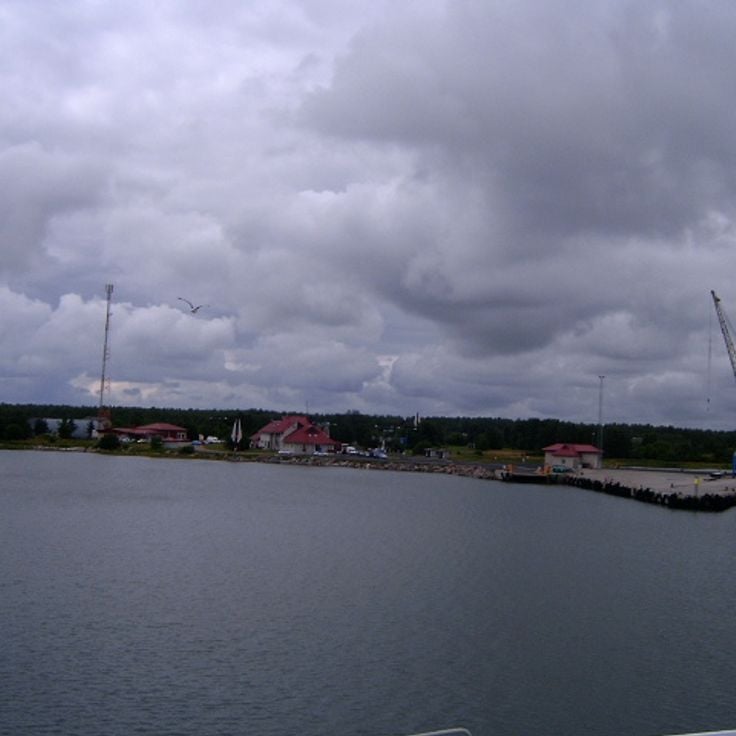
Hiiumaa, Estonia
An enchanting island known for its unspoiled nature and historical lighthouses.
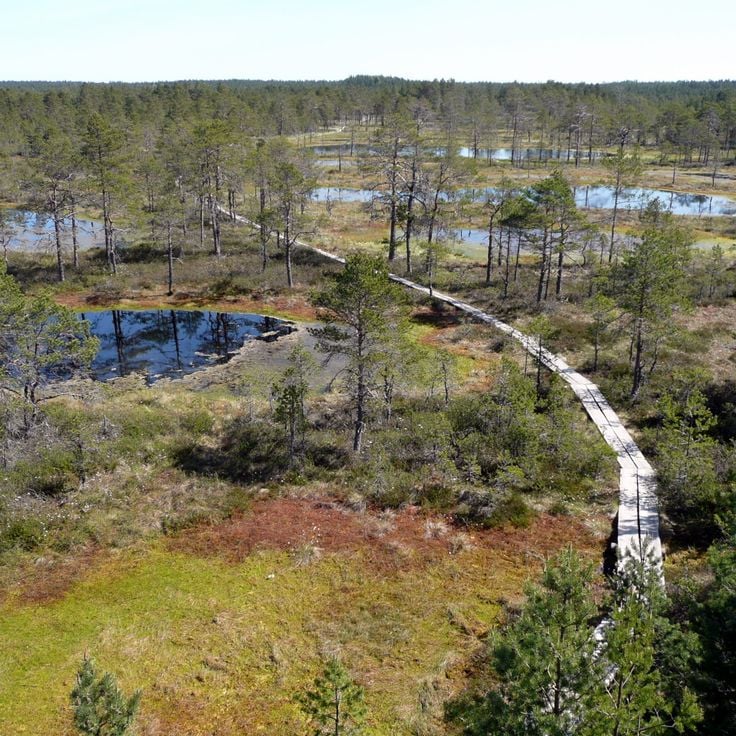
Harju County, Estonia
The park spans 725 square kilometers containing bogs, pine forests, sandy beaches, and 18th-century manor houses.
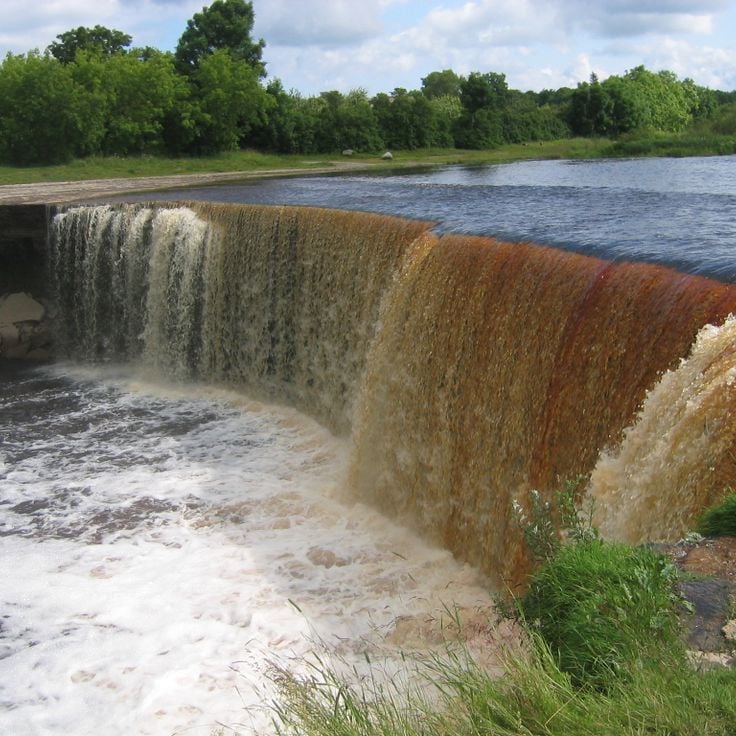
Harju County, Estonia
The waterfall drops 8 meters and measures 50 meters in width. Ice columns form during winter months.

Harju County, Estonia
The former limestone quarry is filled with groundwater. Buildings from the former prison remain underwater.

Kose Parish, Estonia
The well sits above an underground river system. During heavy rainfall, water rises and bubbles out of the well.
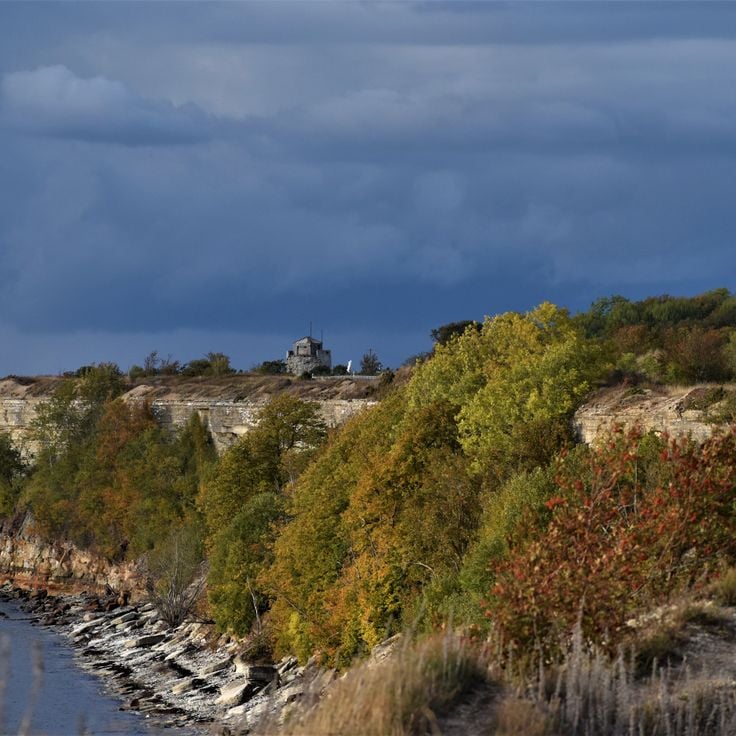
Harju County, Estonia
The limestone cliffs rise 24 meters above the Baltic Sea. Military fortifications from the Soviet era remain visible.
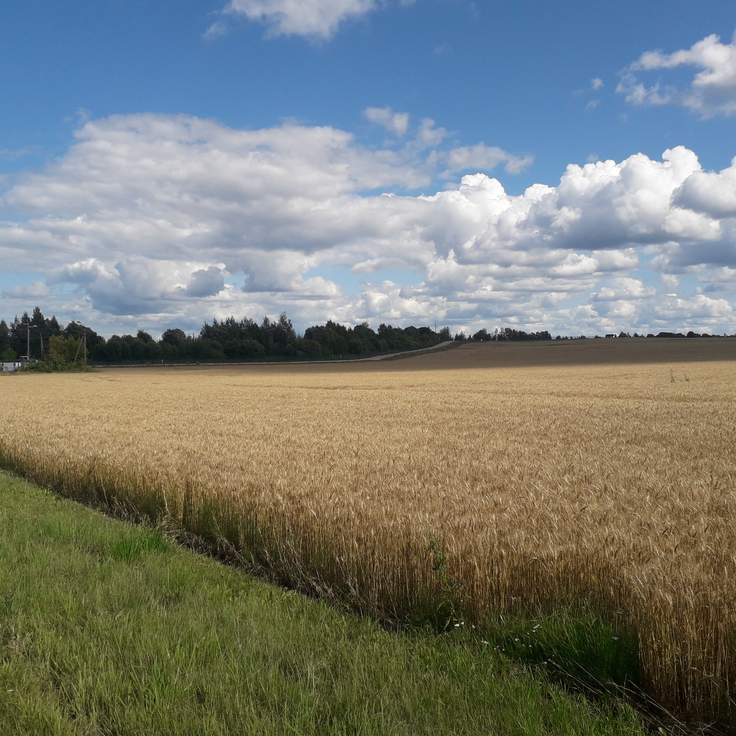
Võru County, Estonia
This region on the Russian border hosts the Seto minority with their own language, costumes and Orthodox customs.
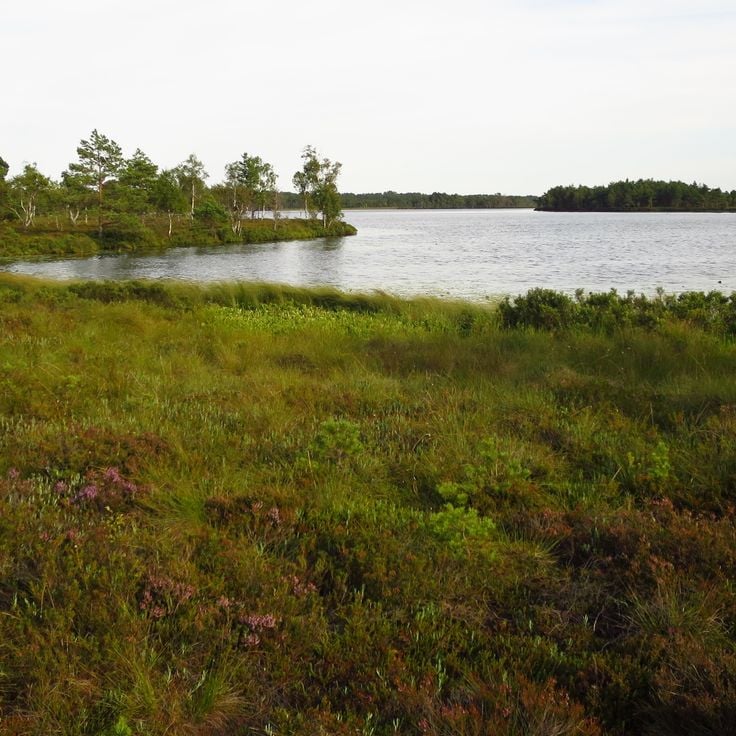
Saare County, Estonia
The bog features a 1.5-kilometer wooden boardwalk through the wetland. Various bird species nest here in spring.
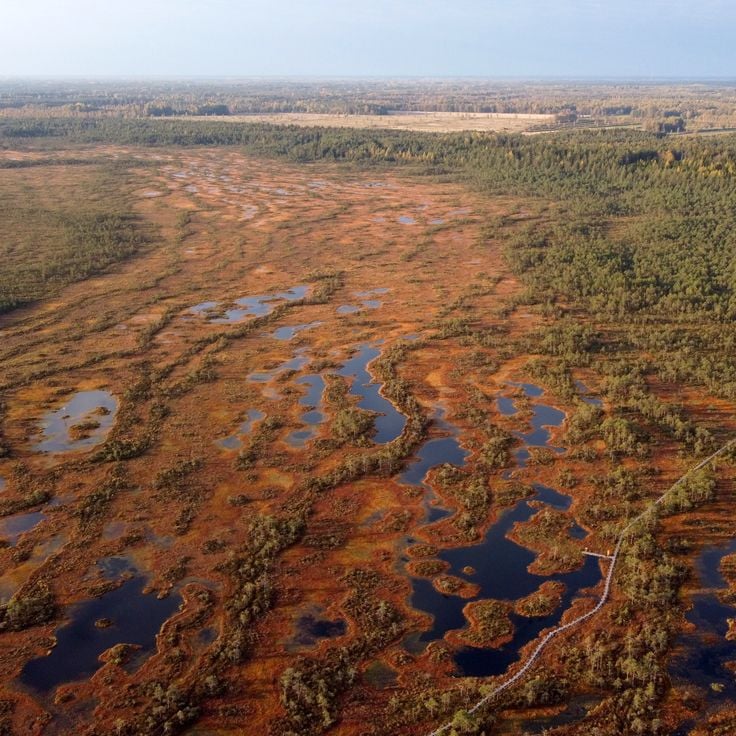
Järva County, Estonia
The bog area covers 1000 hectares. A marked circular trail leads to a bog lake and observation tower.
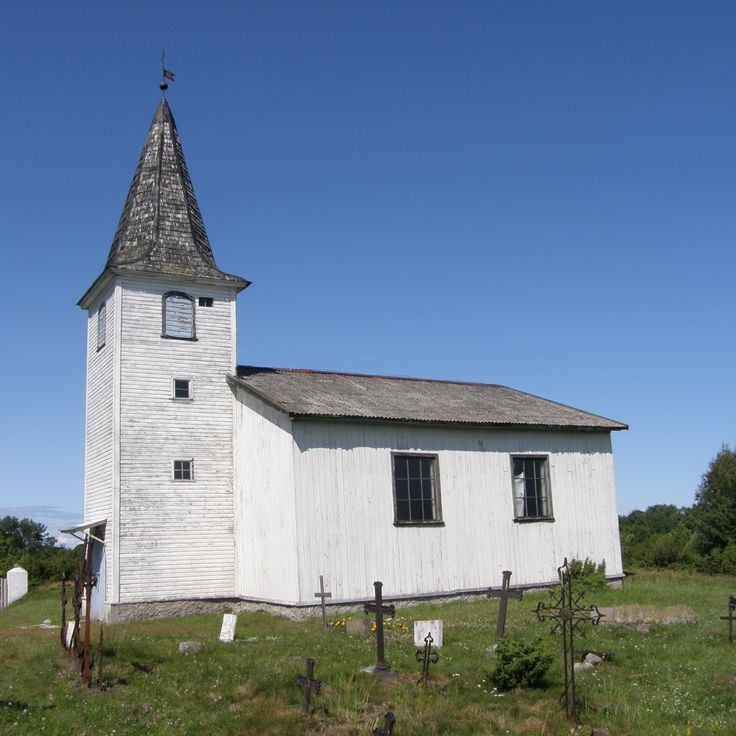
Harju, Estonia
The northern coastal island houses a fishing village of 100 inhabitants, old wooden houses and a historical lighthouse.

Viljandi, Estonia
The stone remains of the 13th century Teutonic Order castle stand on a hill above the lake.
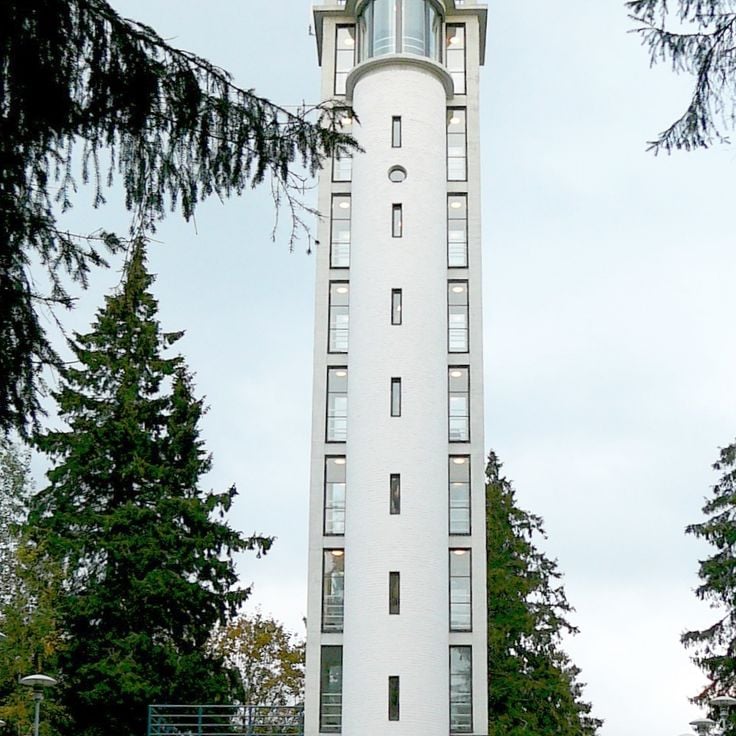
Võru, Estonia
The 318-meter mountain features an observation tower with views of the region's forests and lakes.
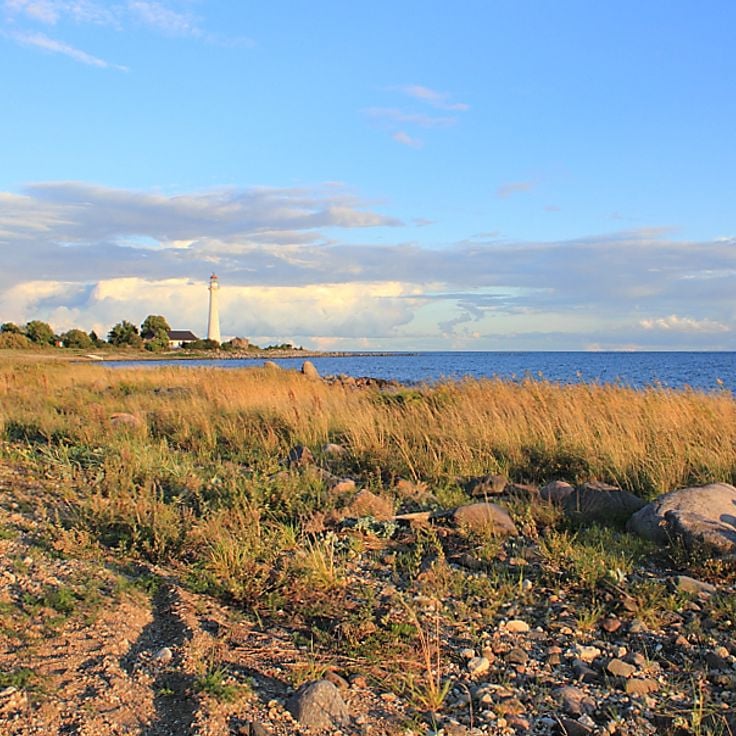
Pärnu, Estonia
The islanders maintain old craft traditions, traditional costumes and local music culture with violin playing.
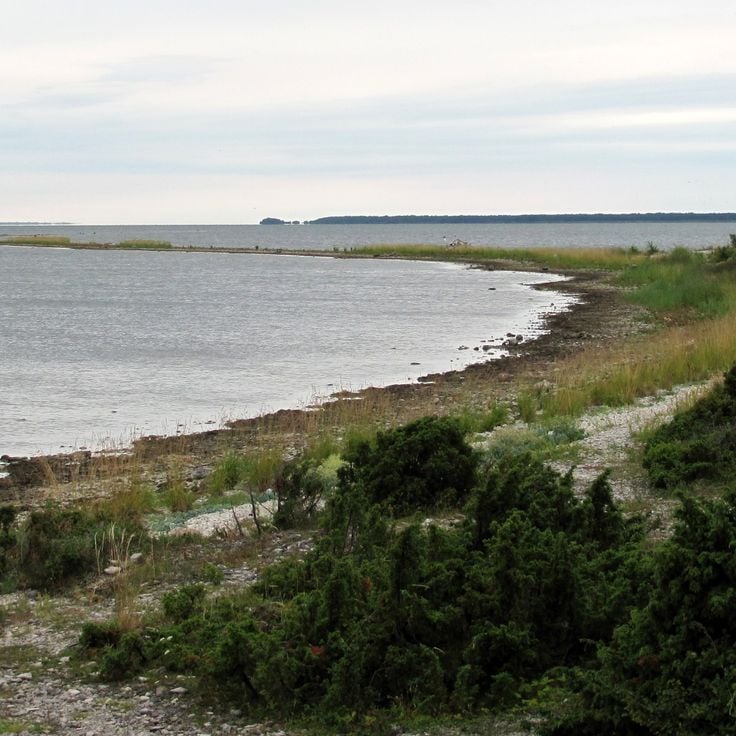
Hiiumaa, Estonia
A peaceful and picturesque island part of the Hiiumaa archipelago, with beautiful beaches and nature trails.
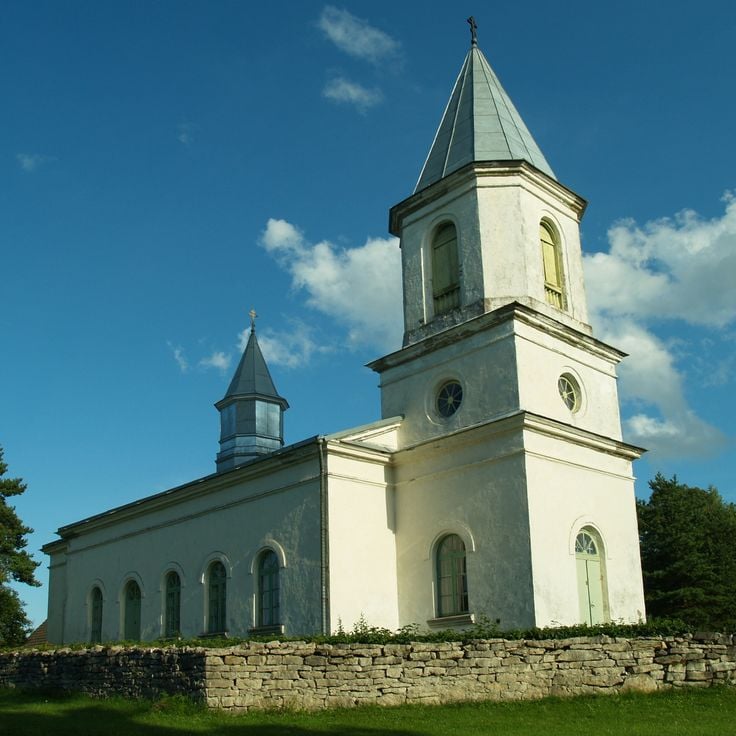
Saare County, Estonia
A charming wooden church dating back to the 19th century, located on Muhu Island.
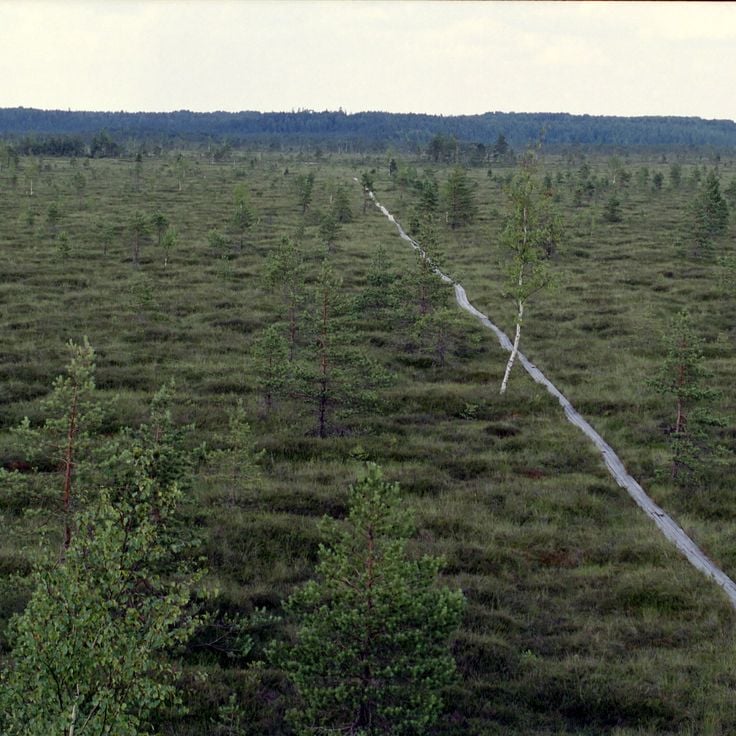
Pärnu County, Estonia
A pristine nature reserve known for its diverse birdlife and undisturbed bog landscapes.
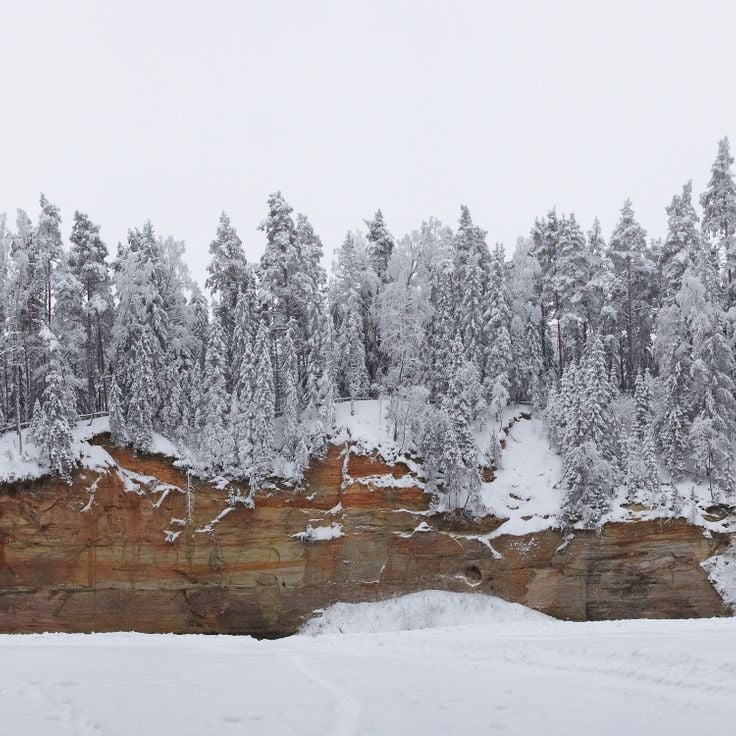
Põlva County, Estonia
Majestic sandstone outcrops along the banks of the Ahja River, popular for hiking and canoeing.
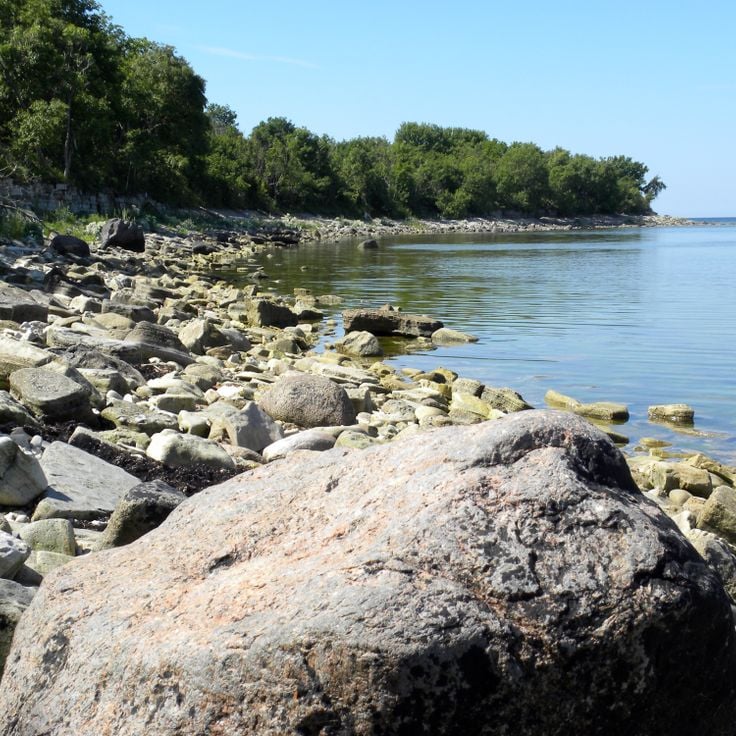
Saare County, Estonia
The archipelago hosts 160 bird species and spans across 100 small islands featuring rocky shores and dunes.
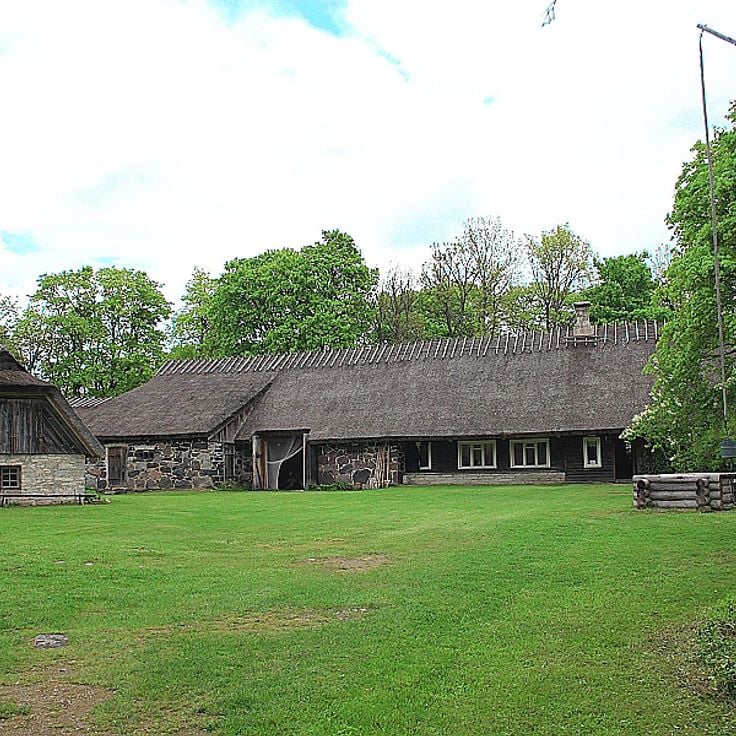
Saare County, Estonia
The museum displays tools, clothing, and household items from the 19th century in original wooden buildings.
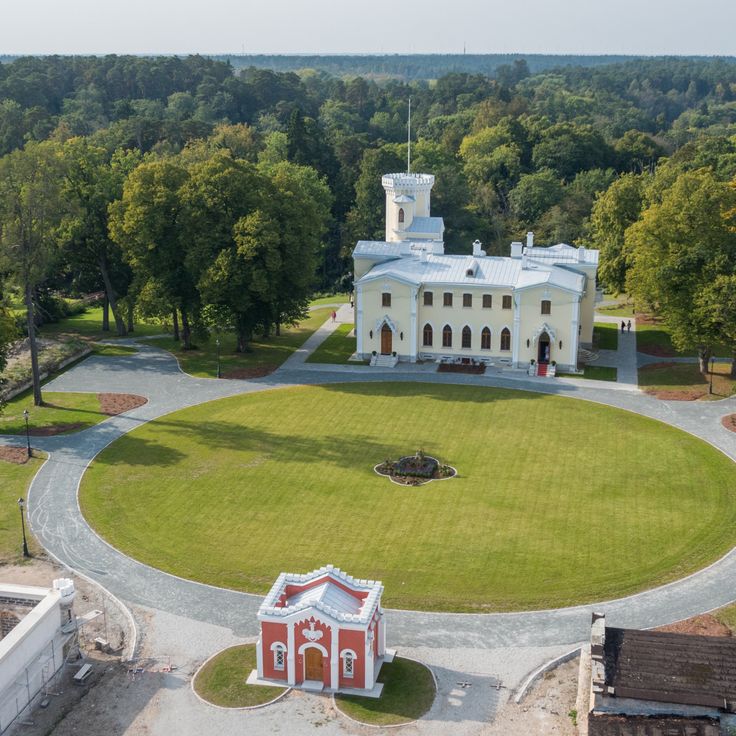
Harju County, Estonia
Built in 1833, this Neo-Gothic building stands next to a 6-meter waterfall on the Keila River.
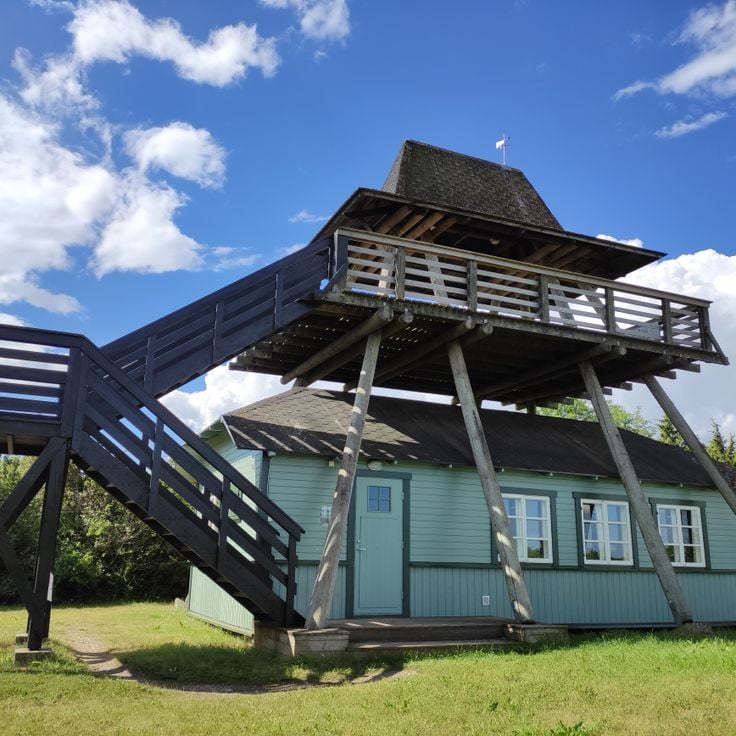
Hiiumaa, Estonia
The 8-meter tower offers views over the marsh area where waterfowl and birds of prey nest.
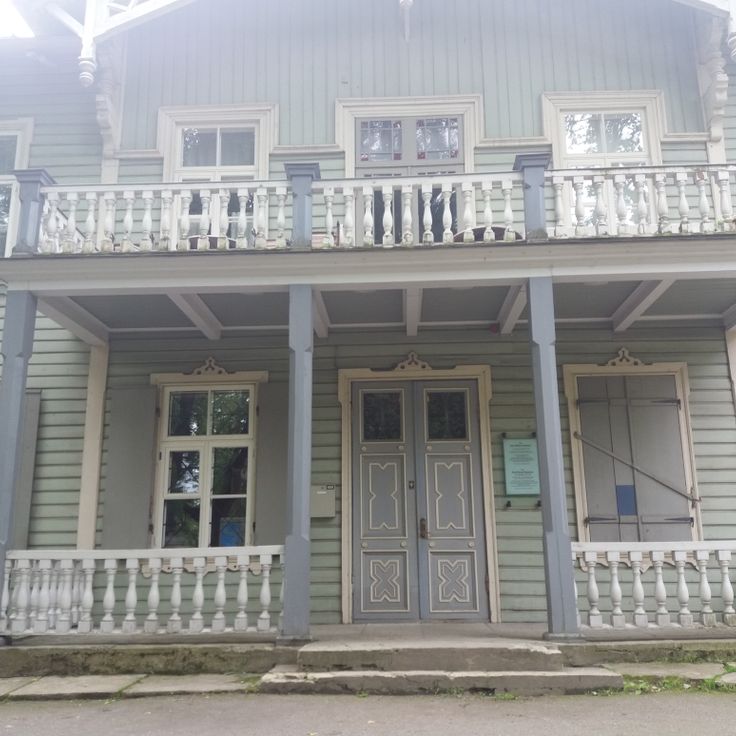
Järva, Estonia
A restored 19th-century farmhouse containing original furniture, agricultural tools and a collection of the author's manuscripts.

Jõgeva, Estonia
A 13th-century medieval fortress with preserved stone walls, a wine cellar and an exhibition about local history.
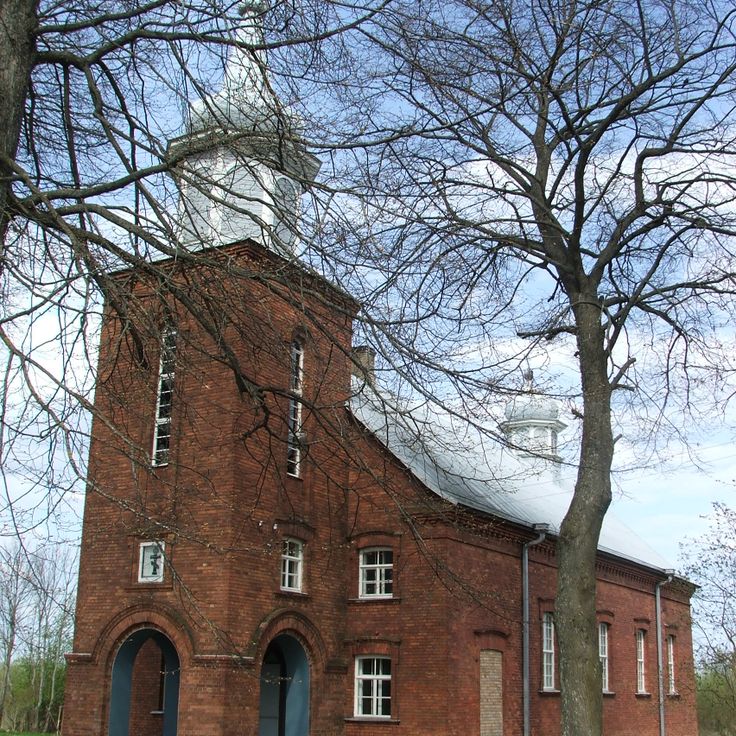
Tartu, Estonia
A wooden building with traditional Russian architecture housing religious icons and artifacts of the Old Believers community.
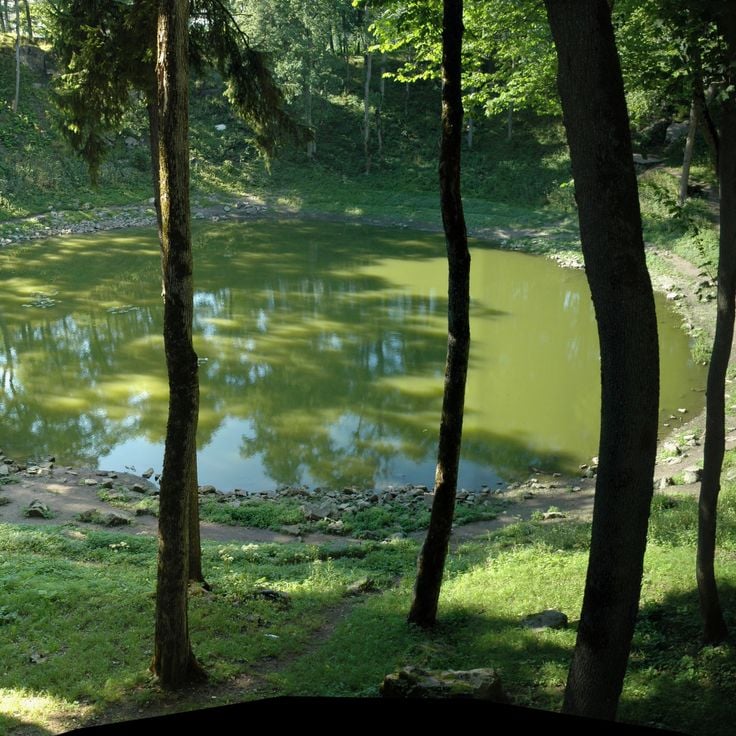
Saare, Estonia
A crater field with nine impact sites formed about 3500 years ago by a meteorite strike with a central water crater.
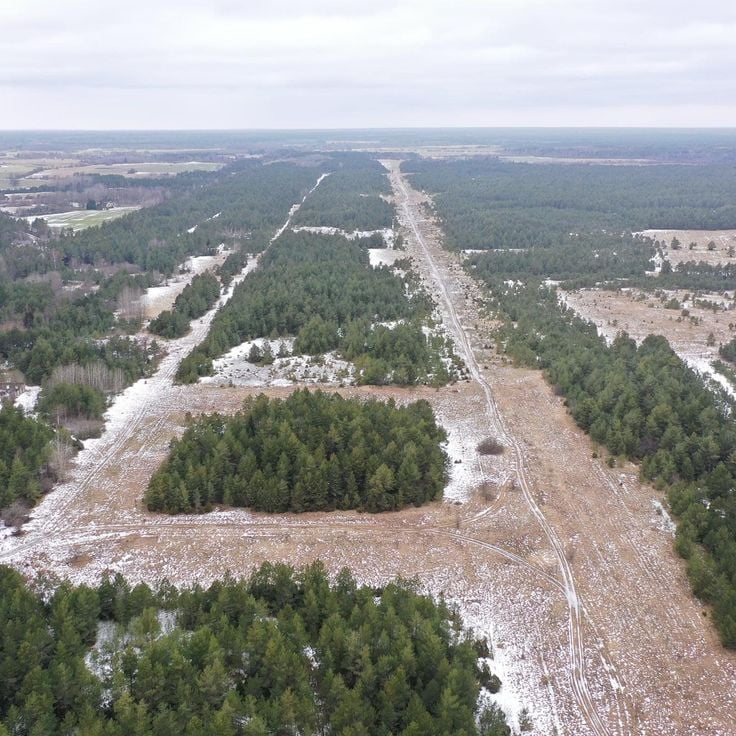
Lääne-Viru, Estonia
The Soviet military airfield from the Cold War period retains its original runways and bunker systems.
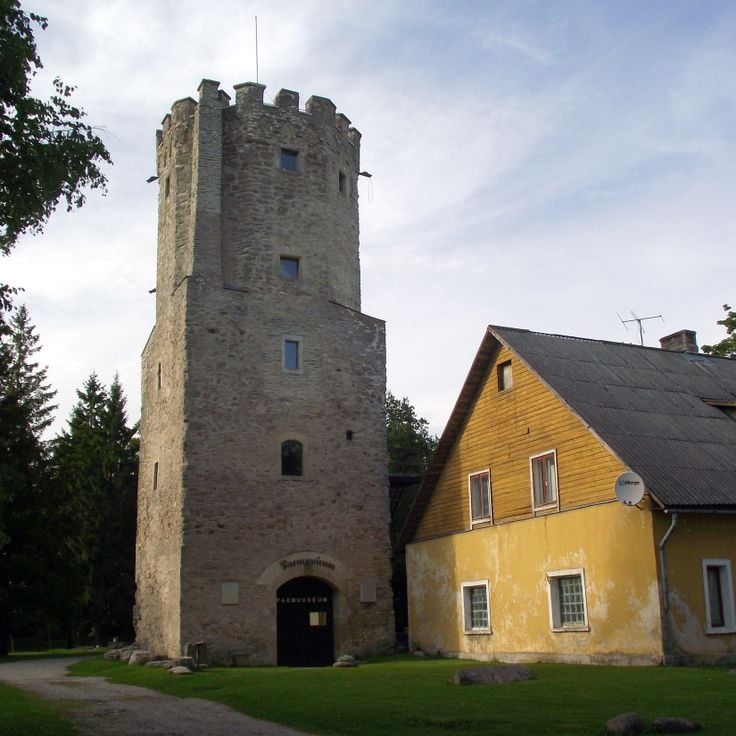
Lääne-Viru, Estonia
The remains of this 15th-century fortress stand on a peninsula between two lakes.
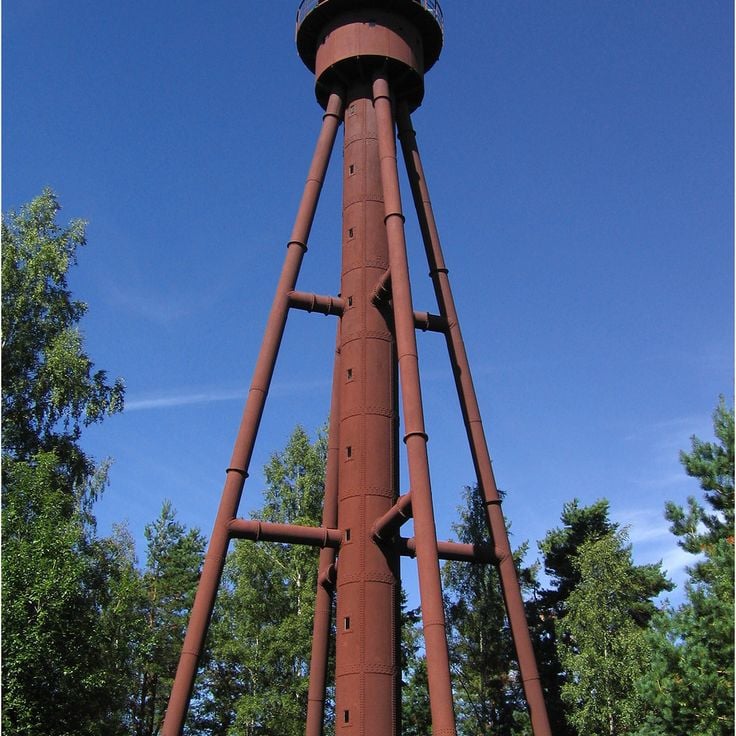
Saare, Estonia
The iron tower constructed by Gustave Eiffel in 1877 stands on Ruhnu Island in the Baltic Sea for ship navigation.
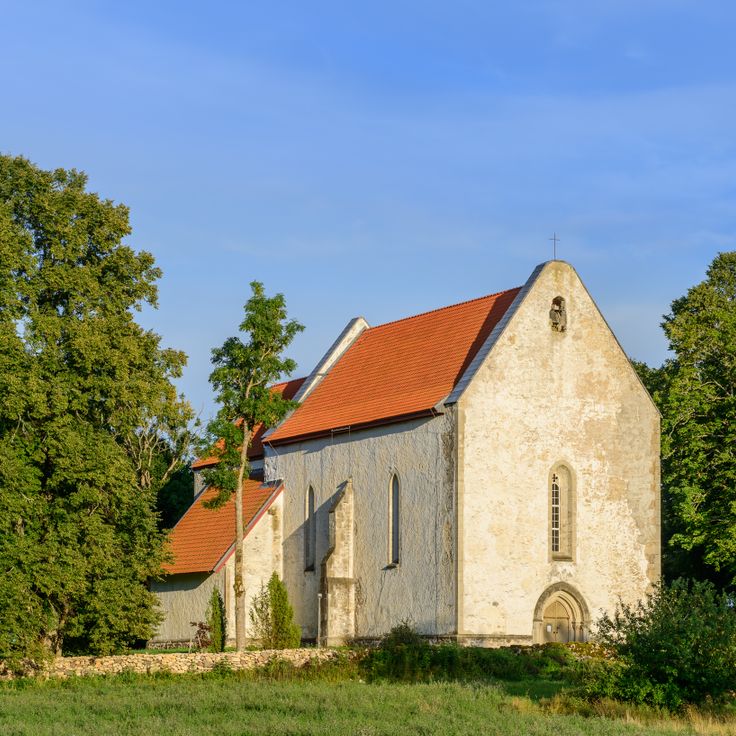
Saare, Estonia
The 13th-century church contains medieval stone carvings and frescoes with Christian and pagan symbols.
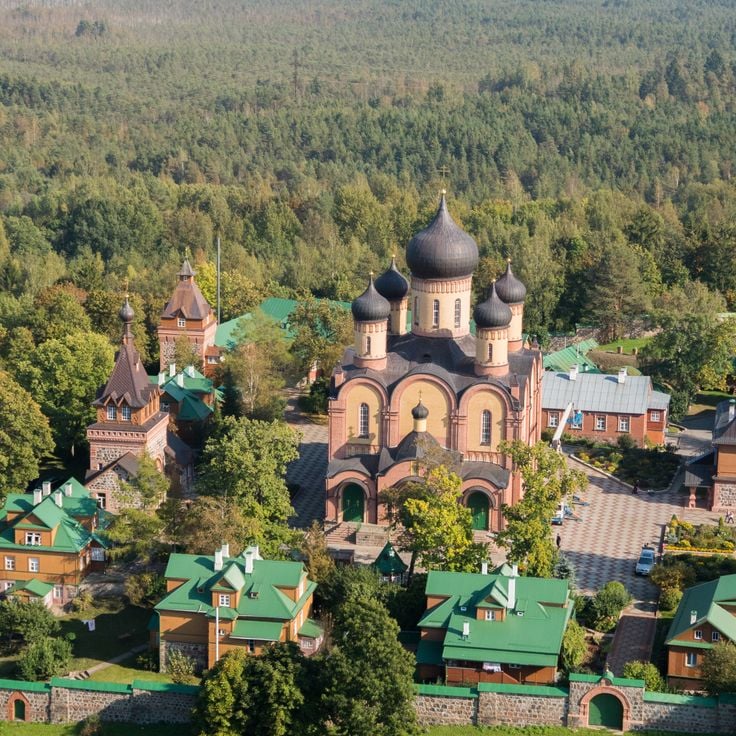
Ida-Viru, Estonia
The 19th-century Russian Orthodox monastery houses religious artifacts and a garden with a sacred spring.
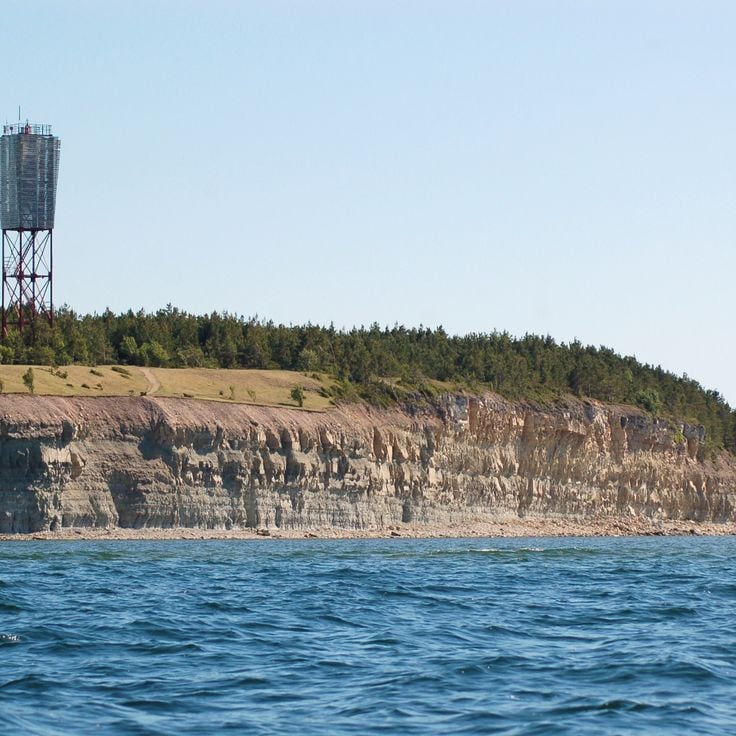
Saare, Estonia
The 21-meter limestone formation provides views of the Baltic Sea and hosts numerous seabirds.
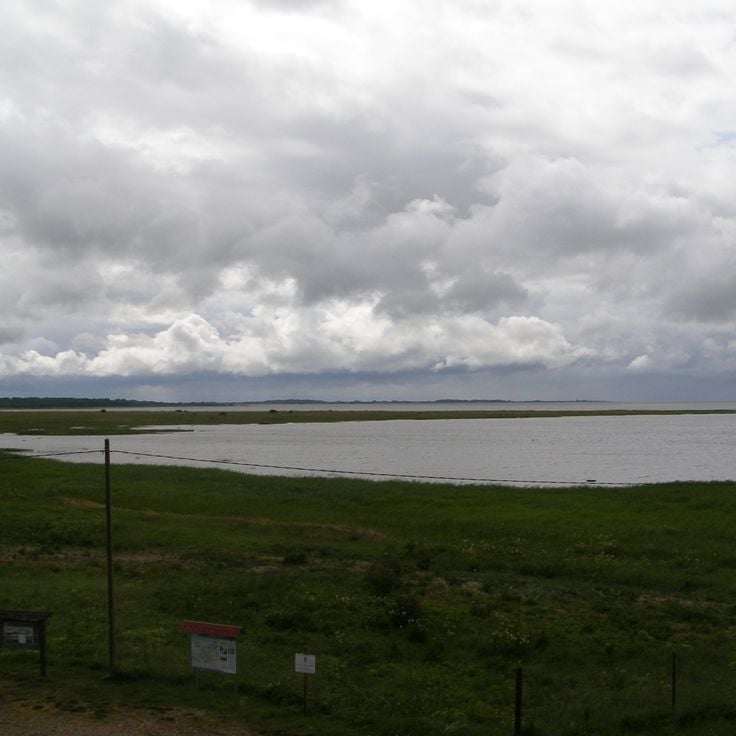
Lääne, Estonia
The wetlands and sea bay provide habitat for 275 bird species and migratory birds on the Arctic route.
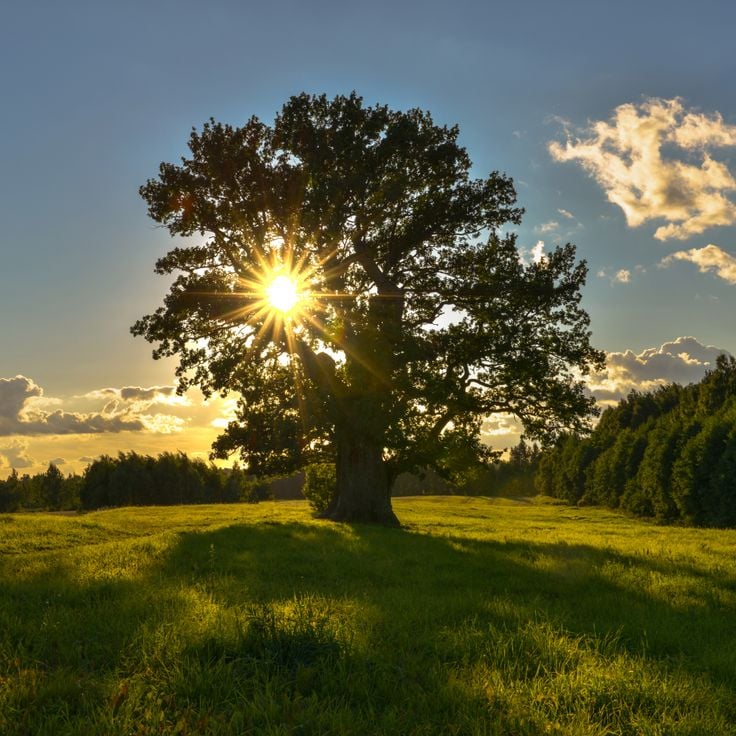
Võru, Estonia
The 1500-year-old oak has a trunk circumference of 8 meters and appears on the Estonian 10-cent coin.